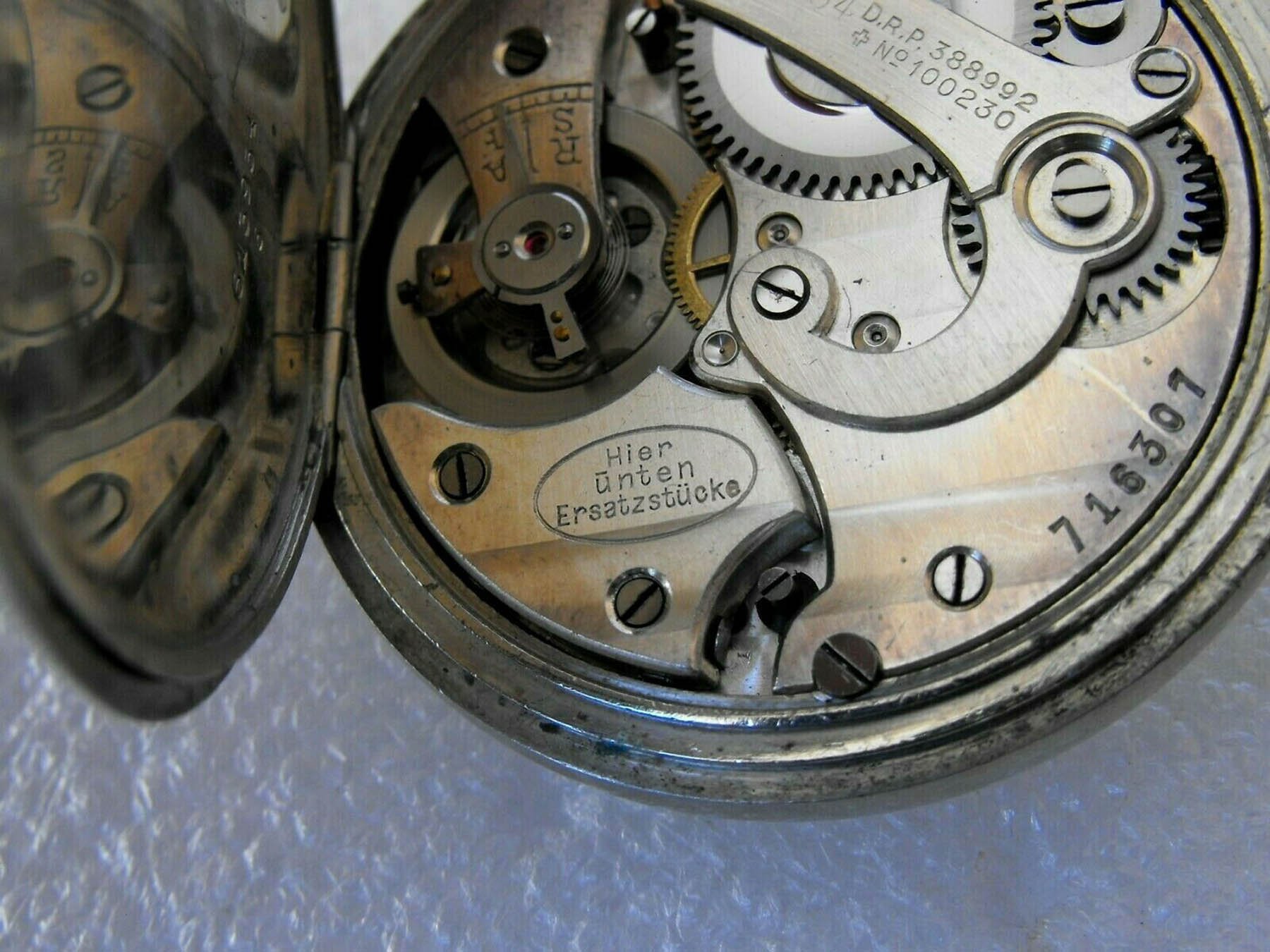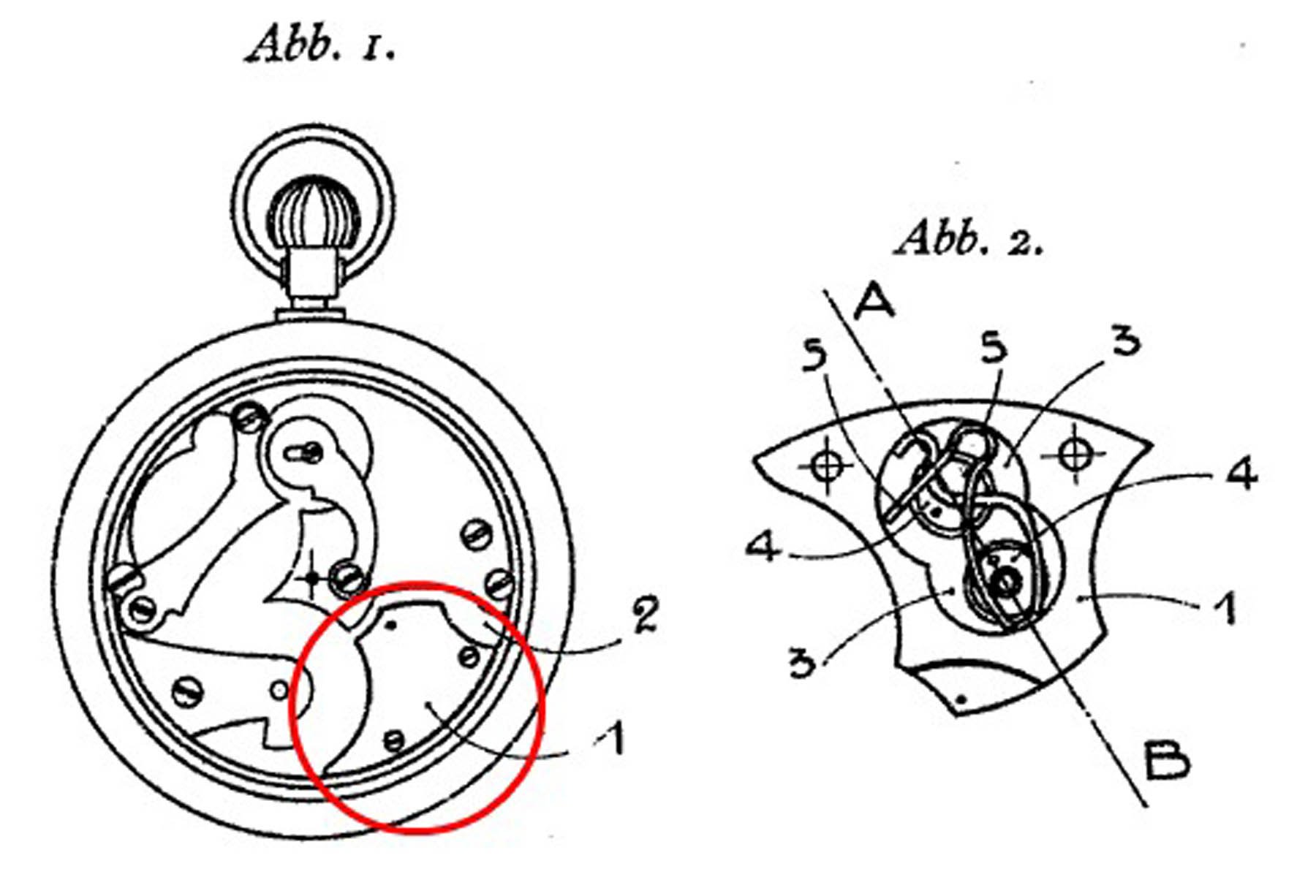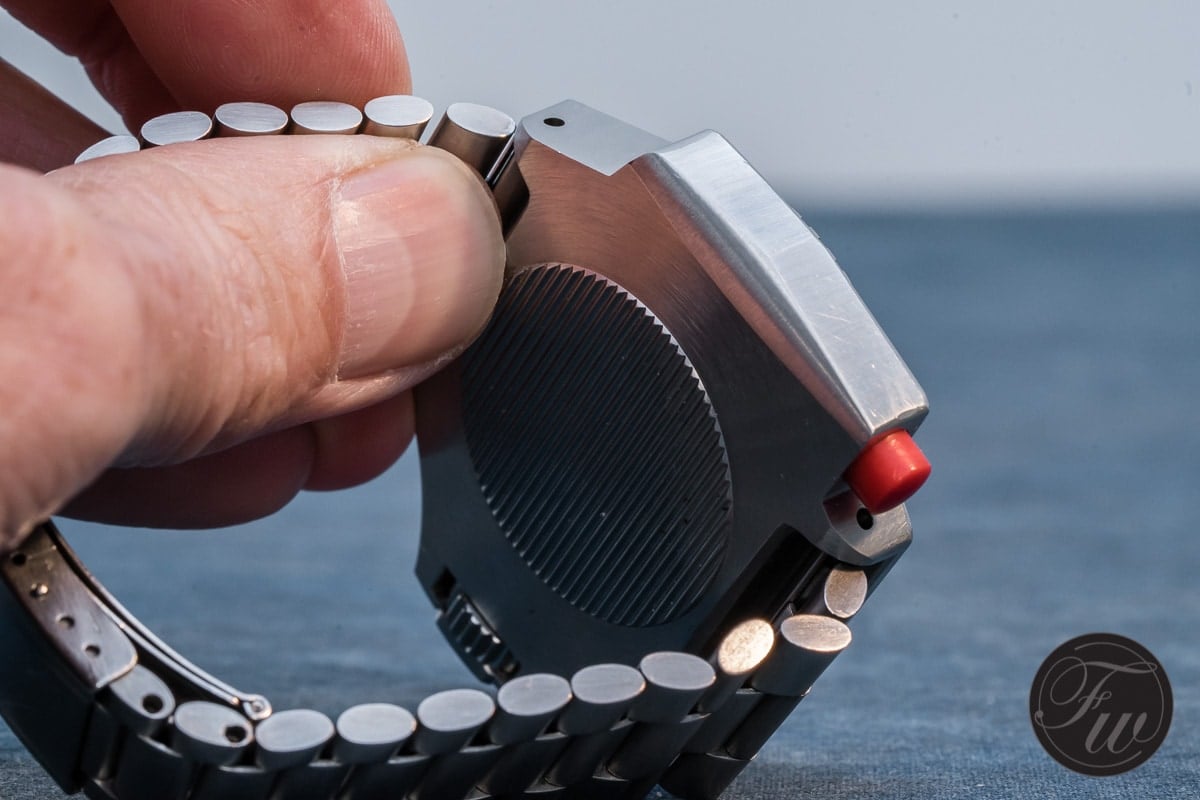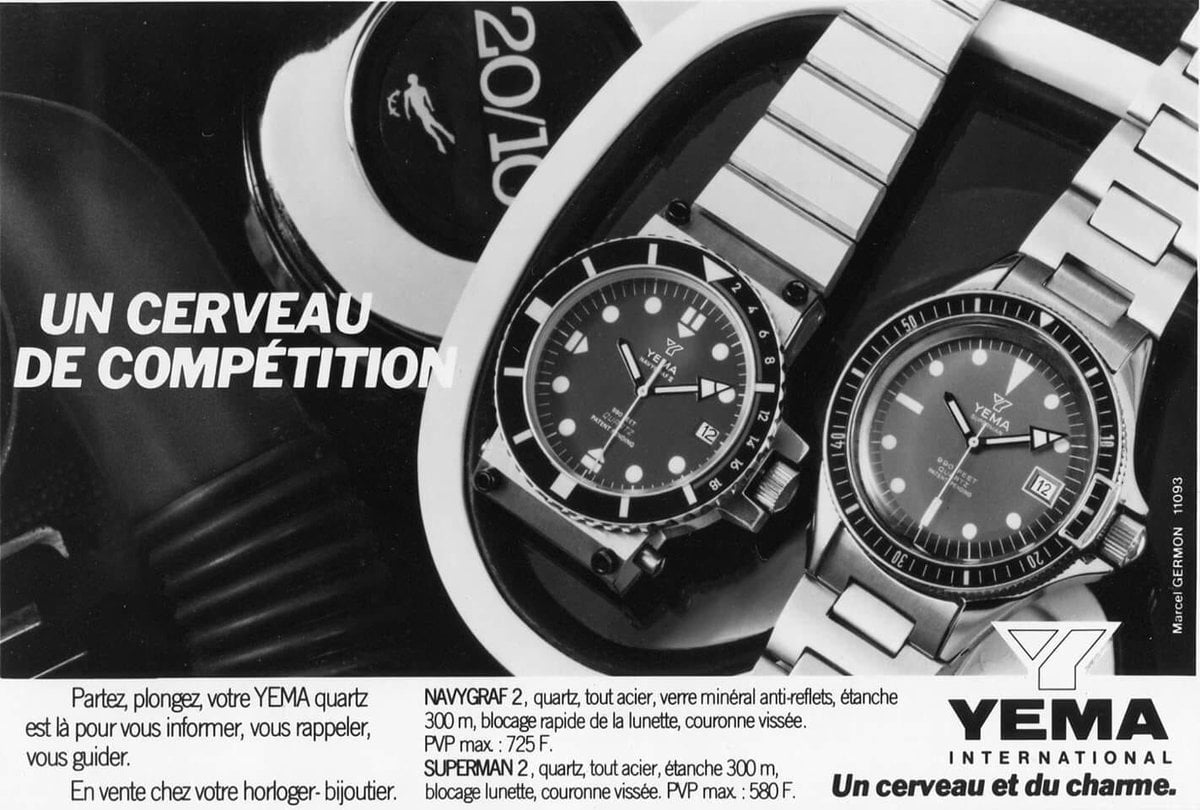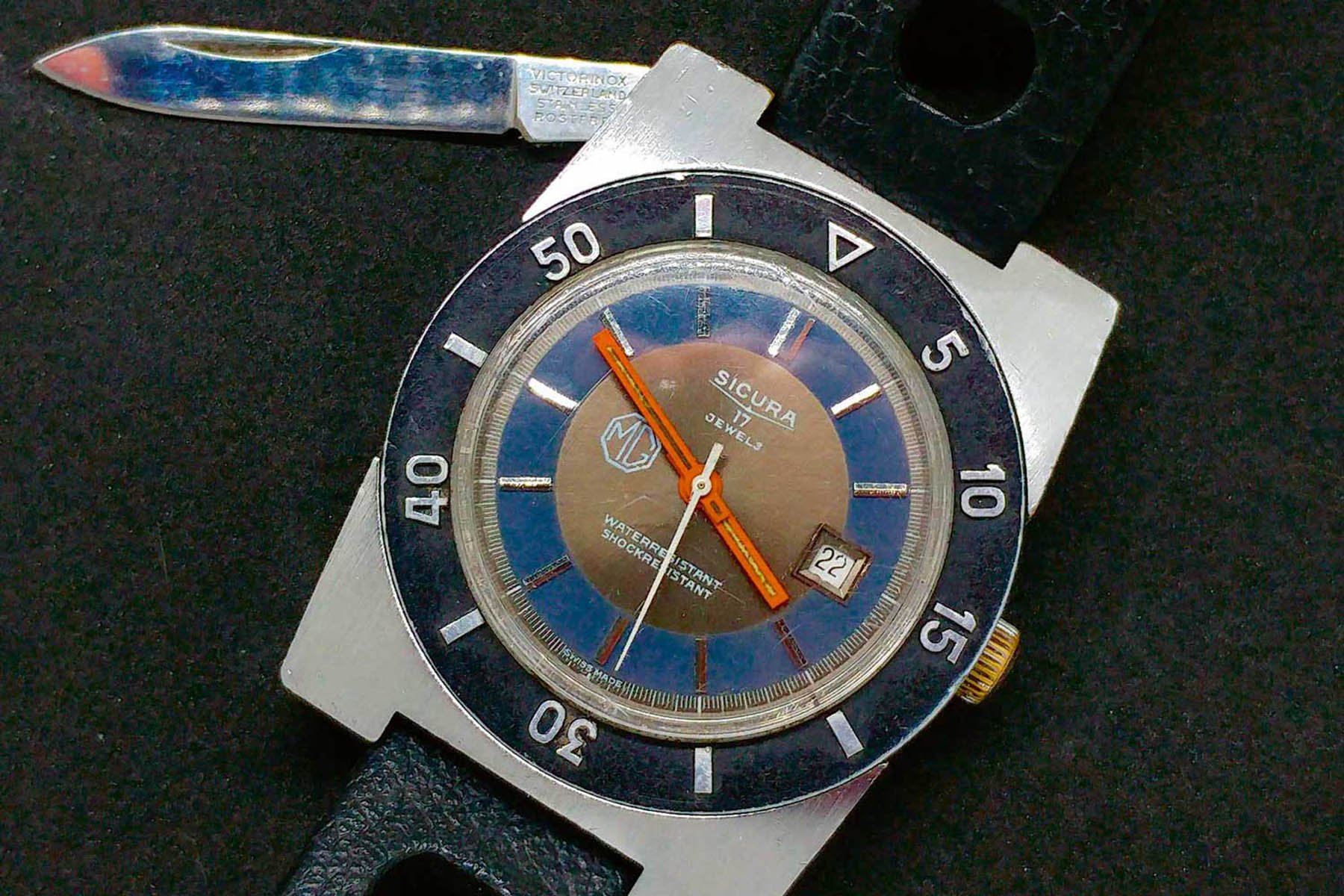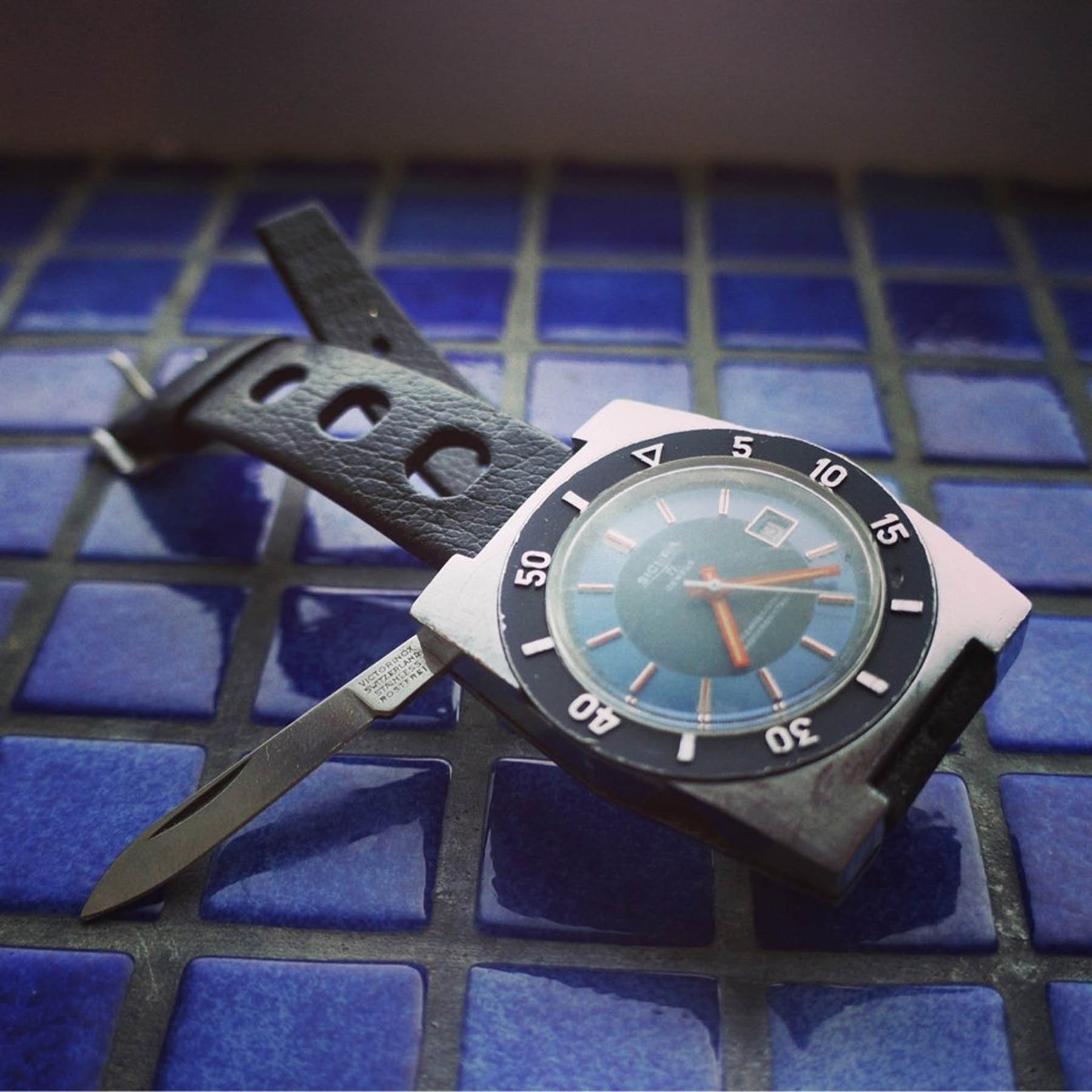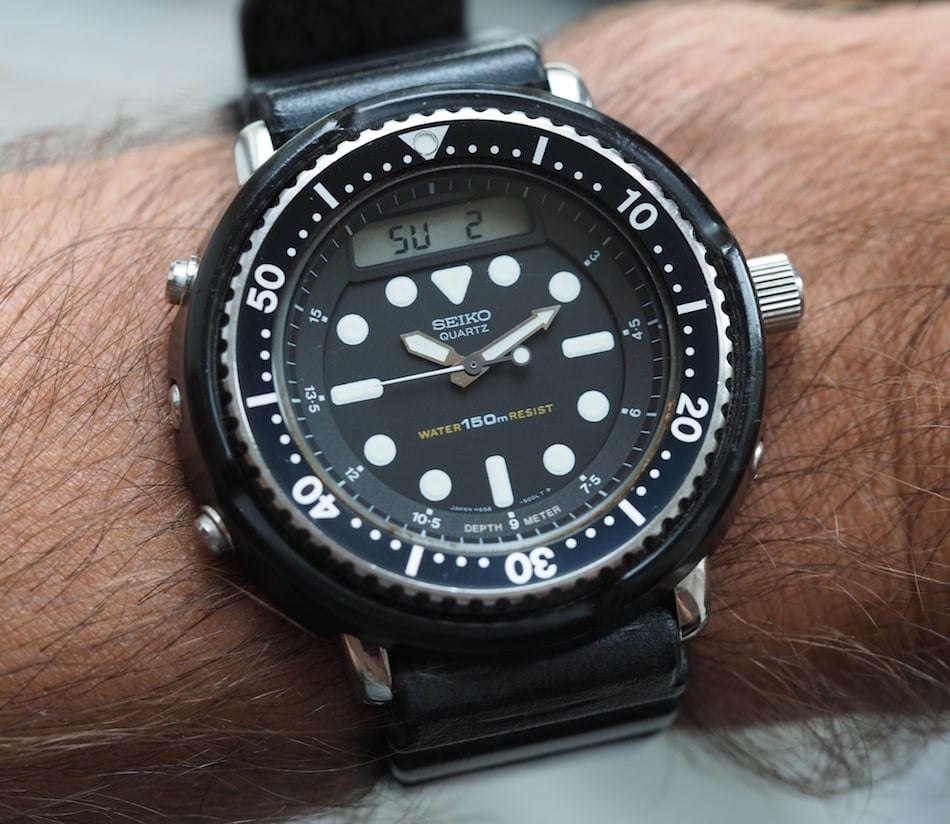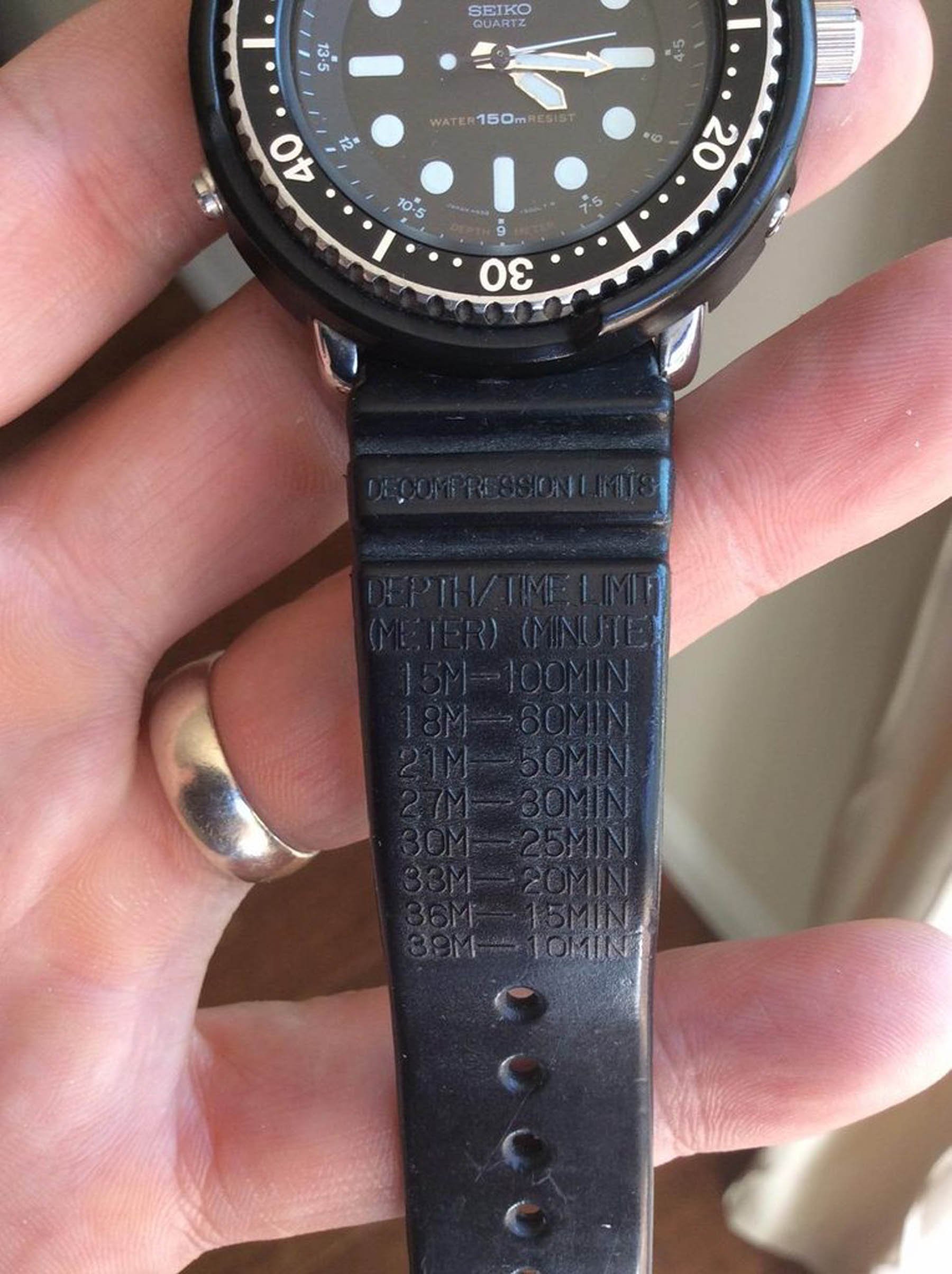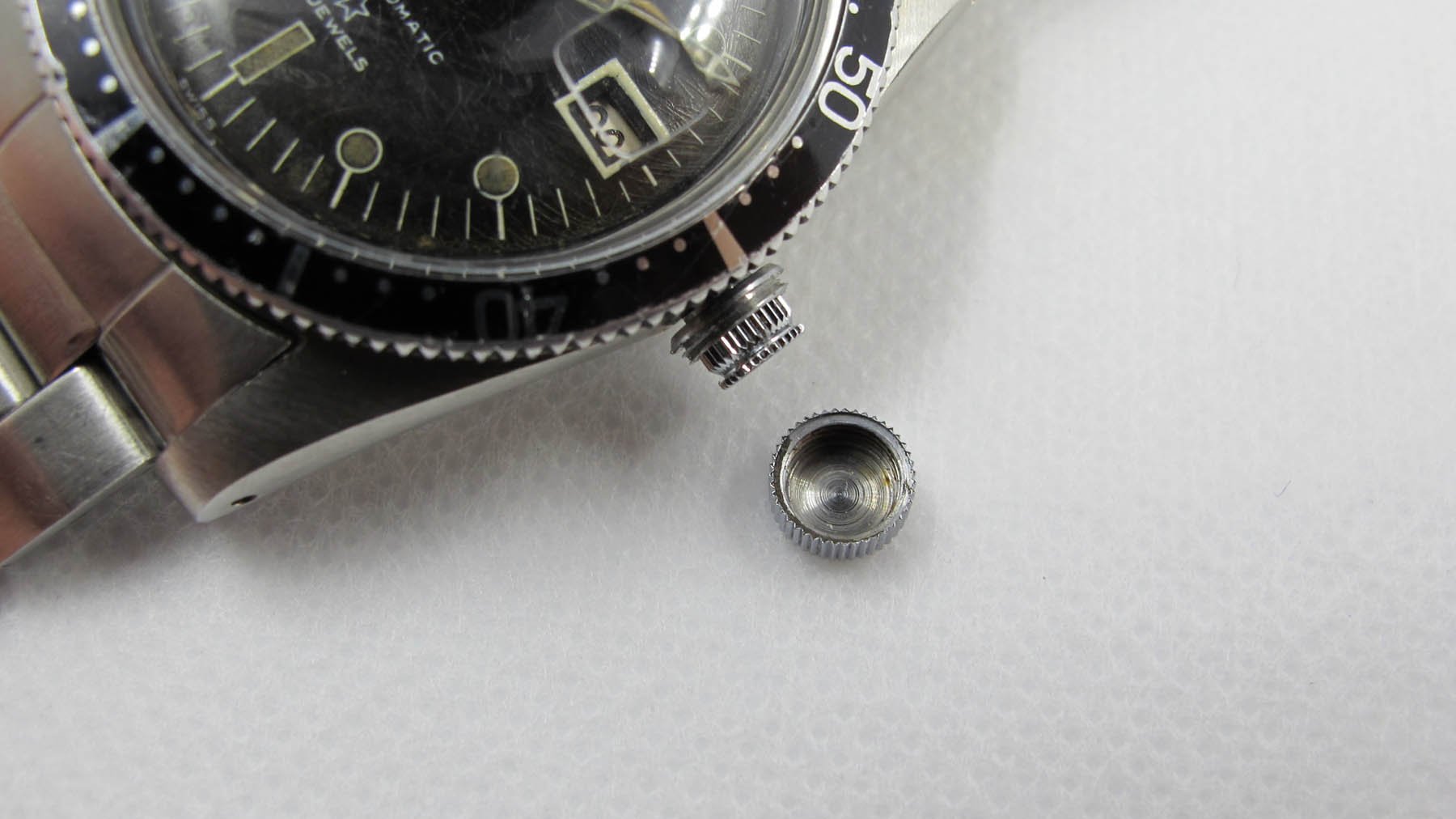#TBT Top 5 Peculiar Watch Inventions That Never Caught On
Nothing makes my day as much as discovering horological anomalies. Anything that requires me to mine through forums, archives, and the minds of experts thrills me. The sense of adventure is real! And many of them are so fascinating that it’s hard to pick just a few of them! Today, we’ll look at an unusual crown system and watch case, a witty strap, and off-beat bezel lock systems.
Some of these historic enhancements never caught on and that’s why you may never have heard of them before. Many of them were cumbersome or impractical. As that was the opposite of what they were designed for, they were shelved. At the end of the day, they only gave watch owners headaches and so they ended up on today’s list of the Top 5 peculiar watch inventions. On the other hand, they are pretty interesting collectibles with a lot of attitude in tow.
The spare parts box
Have you ever thought about how great it would be to have a special box with spare parts integrated into your watch movement? I never did until I was studying the watch movement of one Excelsior Park pocket watch I was considering buying. Next to the balance wheel, there was a big metal plate screwed with two screws. It had an unusual shape and was engraved all over. I started to decipher it and I could not believe I saw the, “Spare Parts In Here“ inscription.
If my findings are correct, the idea is almost a century old. On May 24th, 1922 Excelsior Park patents a small storage space inside the movement to place spare parts. I haven’t managed to find what parts or how many of them were stored this way, but I guess it might differ from model to model. Generally speaking, the idea was to provide watch parts that either break easily or tend to get lost easily during the service. If we take into consideration that watches back then lacked shock protection, a spare balance staff would have been a really useful addition! You could also find different screws, and fragile springs or clips there.
Bezel locks
Going back half a century, mechanical watches were the primary tools to track the duration of your underwater journeys. An unintentional move of a bezel on a watch was the least desired surprise. To avoid such a situation and to boost diver confidence, a few watch manufacturers came with their own solutions.
First of all, there is the loved or hated Omega Ploprof with a big red button to operate the bezel locking mechanism. Well, here is the truth: any additional mechanics, especially related to the operation of case parts, demanded a lot of extra space. That explains the additional case mass that made those watches look horrible. So horrible you have to love them.
Obviously, there were also other similar, but much simpler solutions providing the same result. If you remember our #TBT review of the Yema Navygraf II, you might remember that some of the Navygraf II models featured a massive transverse rod sticking out from the case. It was pretty dull and sometimes needed a lot of pressure to lock or unlock the bezel, but it served its purpose. It might seem really ridiculous today but it makes for another unusual collectible item.
A peculiar knife watch
9 out of 10 watch collectors are probably thinking this a daydream right now. Well, it’s not. Sicura is (or was) a watch brand with a genuine story and an amusingly creative production. I’ve been collecting information about Sicura for years (just you wait for some of my better finds to feature in future #TBT articles). What you’re looking at right now, that‘s one of the brand’s 1970s inventions with a knife blade integrated into the watch case.
The Sicura Safari knife-watch slightly reminds me of the legendary Seiko 62MAS case (I said slightly) as it has quite a thin case with super flat lugs. Being a die-hard MacGyver fan, you can only imagine how big my frustration was when I found out that one NOS Sicura Safari just slipped through my fingers a few weeks ago. It was sold in an auction for €500, which was just half of the current eBay listing asking for a ridiculous €1,200. Don’t forget that the monoblock case is just chromed.
The Sicura Safari came with orange, blue, or shiny green detailing on the dial. The movement inside is not important at all. If you’re thinking of how it would feel to actually cut something with it, honestly, I have no idea as I’ve never tried it myself. But I guess that’s also not important as the Sicura Safari was just a marketing stunt to be used in emergency situations. The Victorinox logo on the blade and relief numbers on the bezel are bonus details. If you see an unattended Sicura Safari around, I’d be grateful if you would let me know.
Decompression strap
I recently reviewed a new watch that comes with an unusual rubber strap with a ruler on the inner side. When I was reviewing it, the Seiko “Arnie“ H558 came to my mind. This quartz big boy from the 1980s sticks in my mind not only due to Arnold Schwarzenegger, the prominent ambassador who wore it in a few big films such as The Predator, Commando, Raw Deal, Running Man, and Twins. The detail I remember it for is its rubber strap that came with molded decompression limits on the strap.
Well, as a guy that has never dived in his life, I have no clue about the accuracy of the listing. I guess there is better gadgetry today to tell you the maximum time you can spend underwater and still ascend directly to the surface without the need for decompression stops. But using a strap to feature such a chart is pretty simple and genuine. We know hundreds of case types, hands, or lugs shapes, but straps are more or less the same. What else would you like to see molded on the visible outer side of your rubber straps?
The most frustrating crown ever
The Parmentier crown. This one is really hard to spot, as it looks like any ordinary crown. And it doesn’t hide on any big-budget watches. You may encounter it on some underrated vintage divers such as the Titus Calypsomatic. The trick is that the crown, which looks like a normal crown, is just a cap that screws on a short neck sticking out of the case. The real crown, protected by the cap, hides inside.
The problem is that the caps often got lost and the real crown was left unprotected. Each time you wanted to wind a watch, you had to unscrew the cap and put it down somewhere. You don’t need to try it yourself; I hope the description is painful enough. To find an original watch with a Parmentier crown is always difficult. For obvious reasons, they have often been exchanged for standard crowns. So keep your eyes peeled! Spotting a non-original winder on watches that would have originally used a Parmentier takes practice, but being sure about what you’ve discovered makes it all worthwhile.
Do you have your own tips about peculiar watch inventions that amuse you? Feel free to share them with us in the comments.

